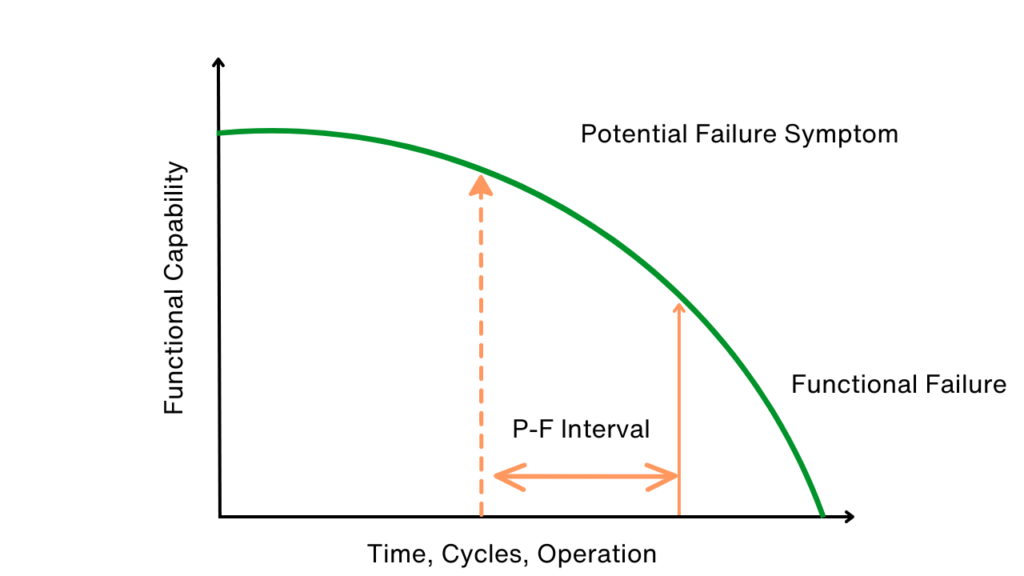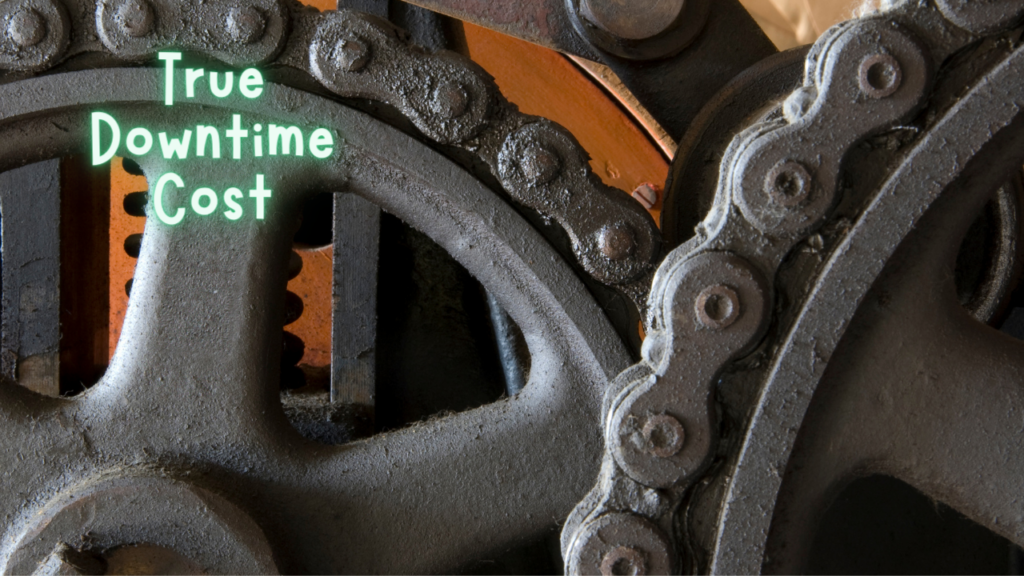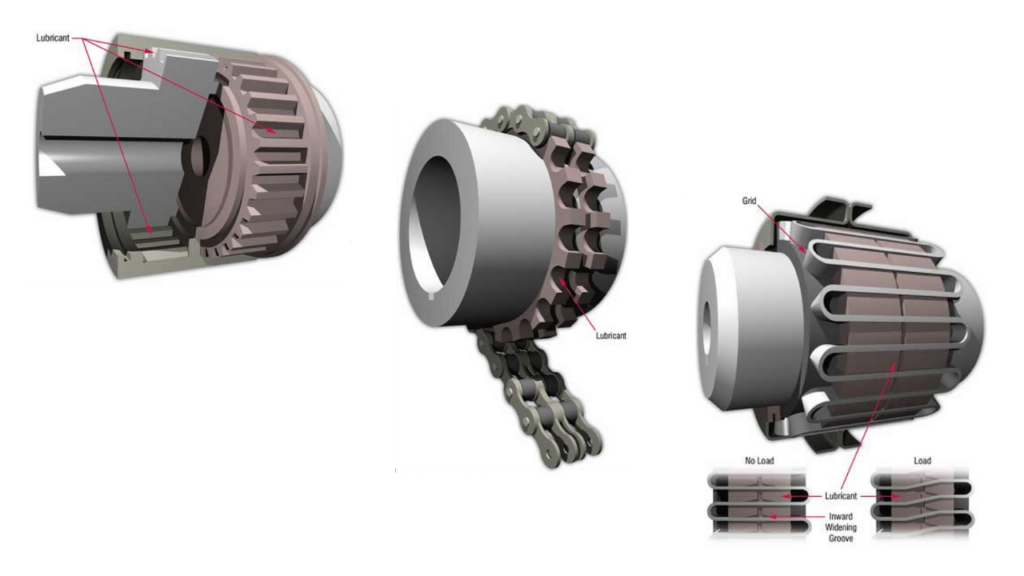
The Real Value of the Plant You’re Buying
When a firm makes the decision to divest of a plant, management immediately begins to take actions to increase the perceived value of the asset. Just as an individual thoroughly cleans and details an automobile before putting it up for sale, plant owners want to make the plant look as good as possible to drive up the prospective buyer’s perceived value of the plant or to cover “warts” that suitors might view as liabilities – a practice commonly referred to as “window dressing.” Some of these window dressings can have an adverse impact on the reliability of the plant, thus reducing the plant’s true value, which, unfortunately, won’t be felt for months or years after you’ve bought the plant.









